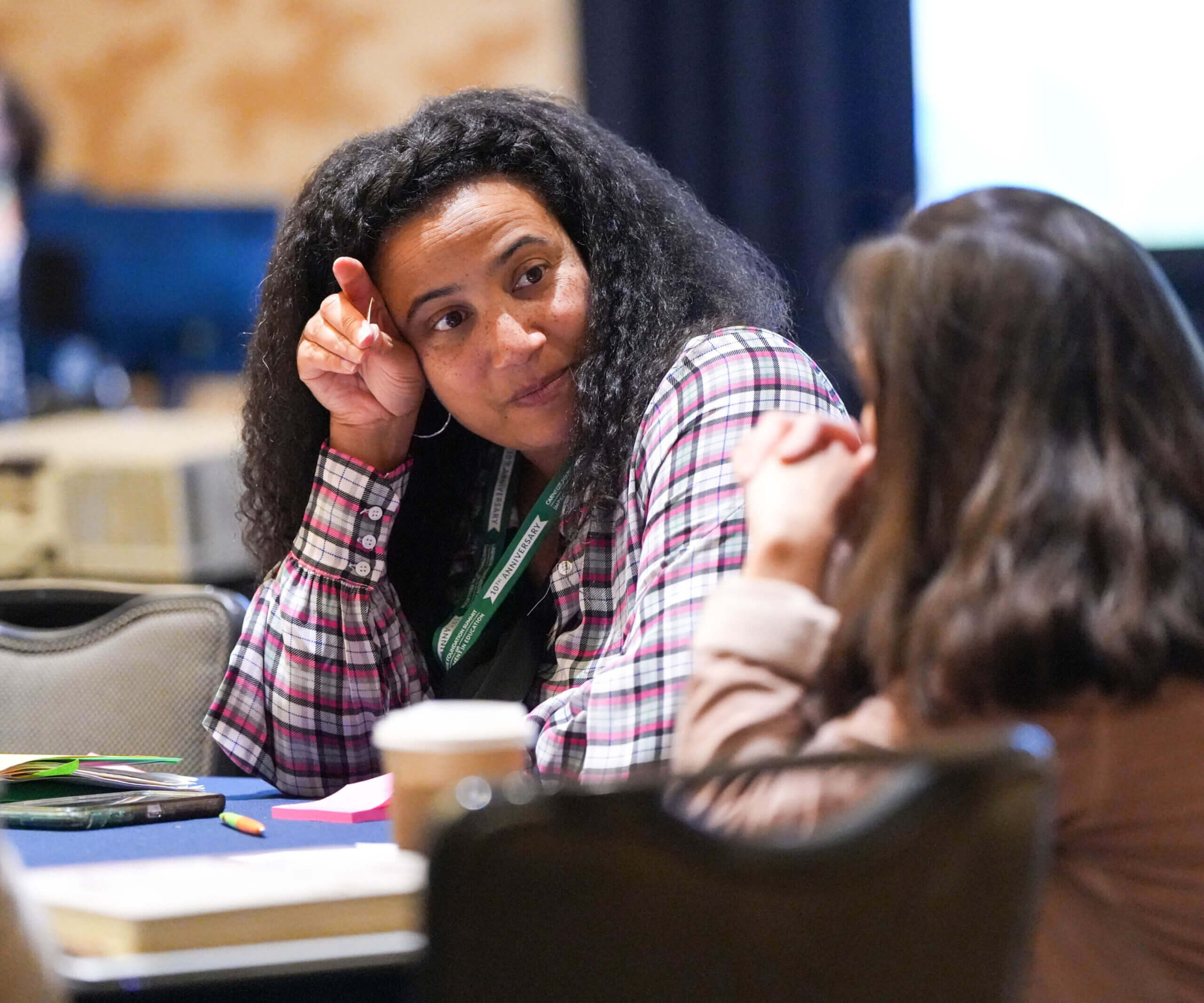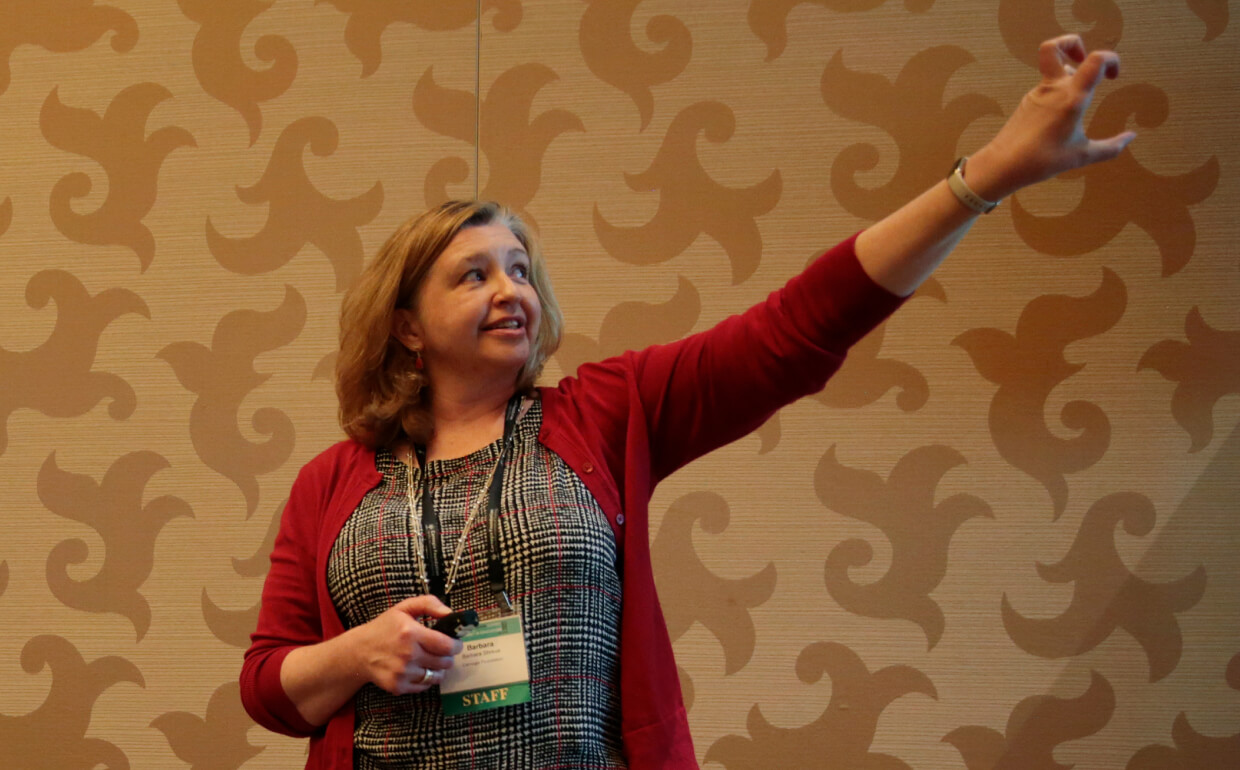Try It Out
Practical
Measurement
for Improvement
5. Try It Out

Test your measure
Once you’ve found something or created something, try it out.
- Do it with one teacher, one class, one office
- Do it once
- See what happens
I tried using my measure. Now what?
Try it again, using improvement principles to see what needs to change (adopt, adapt, abandon)
Once you’ve done all this, it’s time to move onto your next driver and start the process all over again—but this time you know more of what to expect.
PRACTICAL MEASURE EX -5
SIMPL OR
Practical Measurement Research Briefs
Like continuous improvement, the development and use of practical measurement is a journey. It is rarely linear and often comes with opportunities and challenges. Check out these stories of improvers designing, iterating, and leveraging practical measures to create change in the system. Get ready to be inspired by their experience and lessons learned.
Additional Resources
ARTICLES
Evidence for Improvement: An Integrated Analytic Approach for Supporting Networks in Education
Measurement for Improvement in Education
Branching Out – Use Measurement Trees to Determine Whether your Improvement Efforts are Paying Off
Practical Measurement for Continuous Improvement in the Classroom: A Toolkit for Educators









